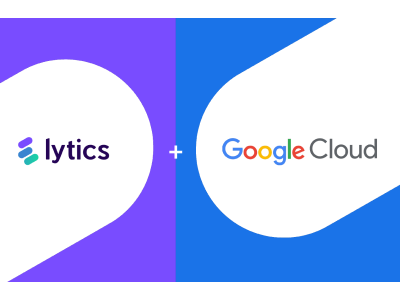How Retailers Can Maintain a Competitive Edge With Customer Data
May 8, 2023There is a paradigm shift unfolding in retail.
Retail used to be a world of real estate, inventory planning, and allocation. Communication with shoppers was through advertising, like TV commercials, direct mail, and billboards. When e-commerce emerged, it was simply a new retail channel—an extension of the store. As digital marketing grew, agencies owned that communication channel, as if it were exclusive to e-commerce.
In today’s world, however, channels are blurring, with more ways to shop than ever before. The variety of options makes it challenging for retailers to determine who is most likely to buy what items and when. This is especially difficult when customer data exists in siloed platforms across the organization.
Retention is also harder. Shoppers switch brands for a number of reasons, including availability, convenience and value. To head off more brand switching, retailers need to not only manage product availability, but increase the value they offer to consumers.
With more visibility into competitive pricing, exceptional customer experiences are no longer a “nice-to-have,” but a key competitive differentiator to meet evolving consumer expectations in a crowded marketplace. Nearly three-fourths of consumers (74%) say they are at least somewhat likely to buy based on experience alone.
In a highly competitive global marketplace, retail brands need to be able to drive superior, real-time, one-to-one personalized experiences to gain lasting loyalty. To do this, retailers must move beyond just selling products, and into creating connected customer experiences that build long-term loyalty. The relationship a retailer has with customers is now more than just a transaction—it’s a frictionless purchase, a delightful engagement, and an adherence to data privacy and communication preferences that create seamless interactions time and time again.
What Does That Mean for the Retailer of Today and Tomorrow?
A good data foundation is a must for retailers to track customer behavior and deliver personalized experiences. But achieving greater personalization requires the ability to deploy extensive testing, utilize machine learning models, and, most importantly, build a repository of first-party data. In most cases, this means ditching the legacy systems and moving to a more modular, flexible approach to data management.
A centralized customer data management foundation allows retail brands to unify all their data to create connected customer experiences across the entire enterprise—from marketing, customer service, and B2B sales, to product development, and logistics.
Brands are already seeing the benefits of a connected customer data foundation. For example, after consolidating data across channels and systems, global retailer Stripe International, Inc. was able to optimize campaigns and ad spend to increase revenue attainment. Stripe’s Shigeki Yamazaki (Advisor, Digital Transformation), commented: “Now that we can easily access and analyze customer data in-house, we are motivated to look at problems and say, ‘let’s try this too.’ By increasing the accuracy of our work, I feel we have come closer to understanding our customers.”
Stripe was also able to apply insights to their supply chain and customer service organizations, improving the understanding of their product mix, and elevating the quality of support experiences.
Creating Connected Experiences in Retail
Remaining competitive in omnichannel retail requires the ability to be agile and pivot as customer preferences evolve. With an approach that delivers more flexibility, retailers can pivot quickly, allowing brands to have deep insights into who their customers are in order to be able to reach them at the right time, with the right product, on the right channel.
We’ve put together a comprehensive guide that breaks down 15 unique ways retail leaders are using Treasure Data to drive business value and build a data strategy that sets them up for success now—and in the future. Click here to explore what’s possible.


